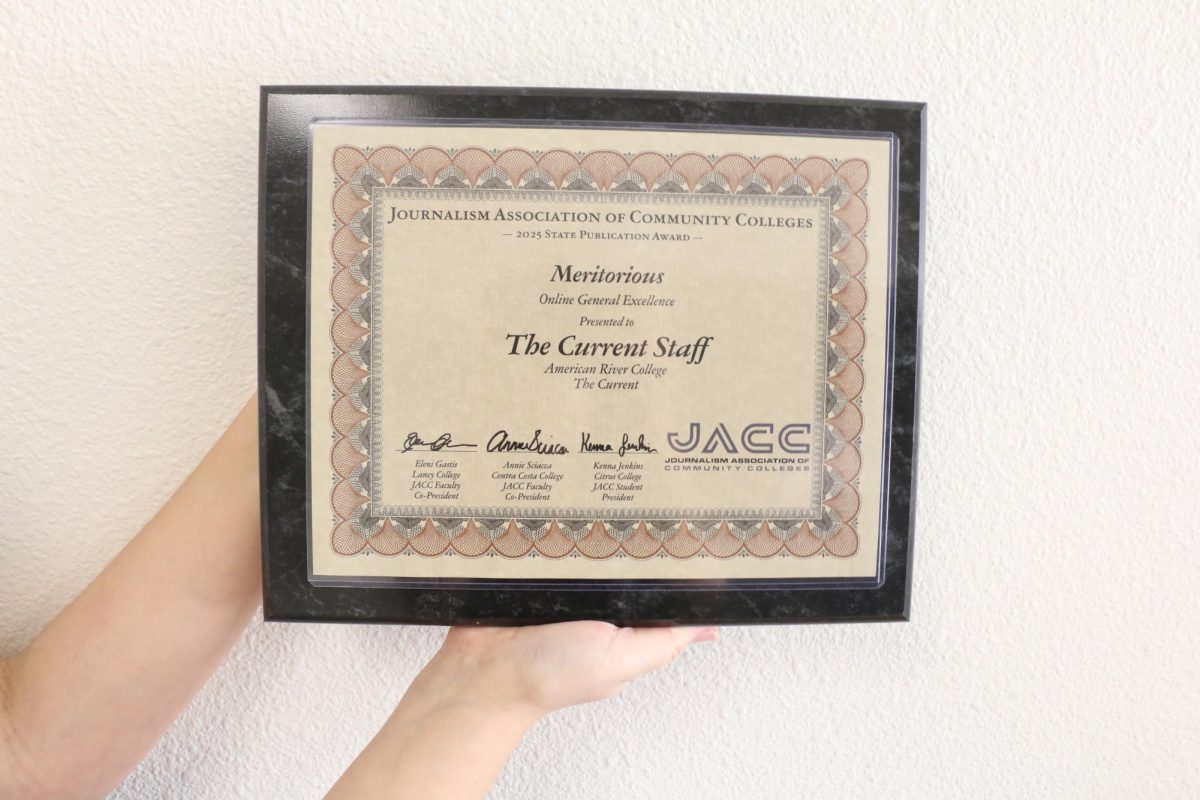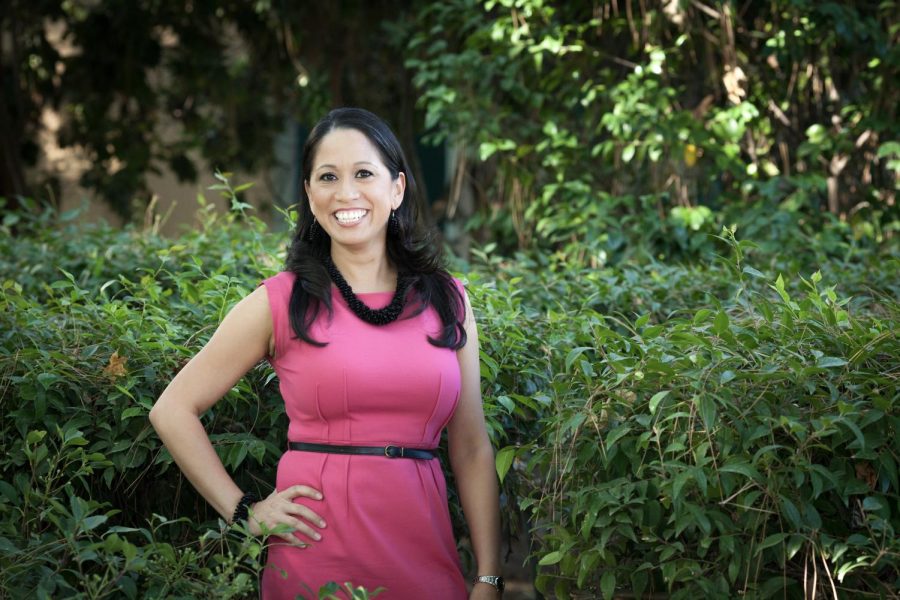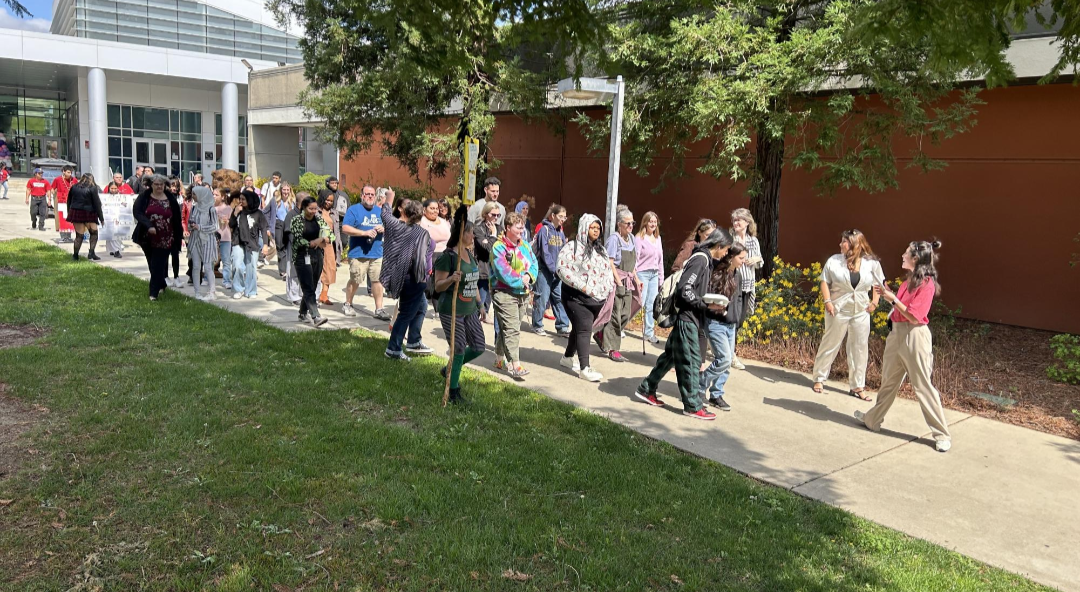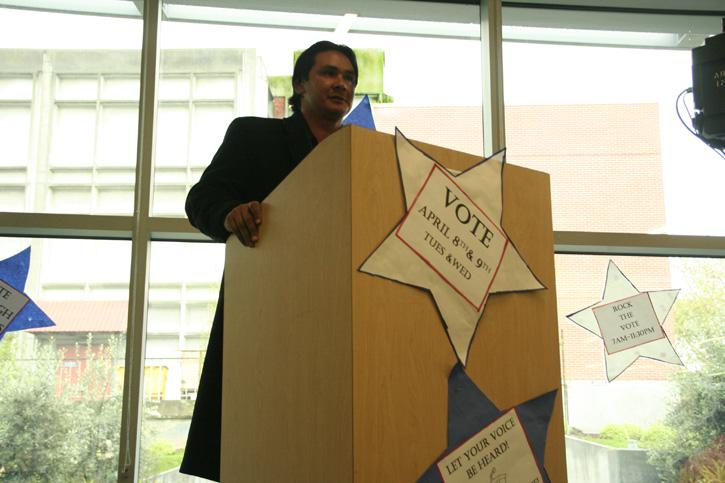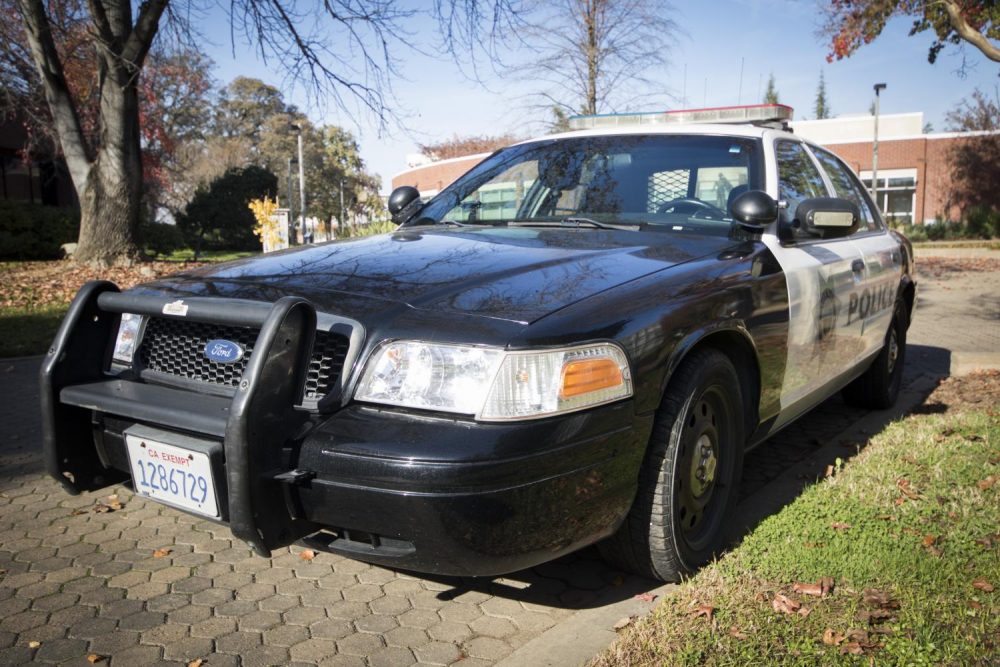It’s time for final exams. One last question: What’s your degree actually worth?
Depends on what you’re studying.
According to current employment rates, it’s not worth much if you’re majoring in architecture, the arts or humanities and liberal arts. However, the outlook is more promising if you’re majoring in business, health or education according to a new study, “Not All College Degrees are Created Equal,” released by Georgetown University’s Center on Education and the Workforce (CEW).
California’s current unemployment rate is 11.1 percent, but the rate for recent college graduates has hovered around 8.9 percent, according to the Bureau of Labor Statistics. Among recent college graduates, those with the highest unemployment rates had a bachelor’s degree in architecture (13.9 percent), the arts (11.1 percent) and humanities and liberal arts (9.4 percent).
“It may be very hard to get a job, but it’s always about persistence,” theater arts major at American River College Nick Lunetta said. “You’re going to have competition in anything you do. You just have to be strong-willed.”
CEW is a non-profit, independent research institute that studies the links between education and the value of that education in the workplace based on annual earnings. This report focused on 2009-2010 data for full-time available work, compiled from the Census Bureau’s American Community Survey, according to the Washington Post, in response to the growing debate over the actual value of a college education.
According to CEW, the earnings, over a lifetime, for those who majored in business, computer science, health and engineering, are close to 50 percent more than those who majored in humanities, psychology, and education. The average annual salary is $35,000 for recent graduates (ages 20 to 26) who majored in architecture, humanities and liberal arts, education, psychology or the arts.
“There’s no point comparing the job outlook at any time for the arts because it’s never been good. Ten years ago, a hundred years ago, ever,” a former ARC theater arts professor Richard Hellesen said. “If you’re doing an arts degree, you presumably already know this and have factored it in.”
Students majoring in history with the ultimate goal of graduating with a bachelor’s degree in humanities and liberal arts have an array of opportunities in their field.
“History majors are often hired for anything requiring research,” ARC history professor Rudy Pearson said. “Any and all of these areas are still competitive and some graduate work or graduate degree should be considered, as this will be your competition.”
There are majors that have relatively low unemployment rates for graduates, such as business (7.4 percent), psychology (7.3 percent) and education (5.4 percent). Health-related jobs are projected to increase throughout the next 10 years and offers a mere 5.4 percent unemployment rate.
However, according to John Ellis, professor of architecture at Cosumnes River College, students should not always listen to reports advising against certain professions, like teaching, only to find that there is a future shortage because too many people followed that recommendation.
“Sometimes, it is better to be like the stock market investor who buys when the market is down because they think that in five years the market will be strong,” Ellis said.
Student loans have also made headlines recently. Subsidized Stafford loans are scheduled to rise July 1, from 3.4 percent to 6.8 percent. This spike in interest rates has prompted President Barack Obama, who paid off his student loans only eight years ago, to call on Congress to stop the scheduled doubling of loan rates according to ABC news.
The total amount of student loan debt has skyrocketed to more than $7 trillion in the United States. The total student debt, for unsubsidized and subsidized loans at ARC, was more than $21 million for the 2010-2011 school years according to the California Community College Chancellor’s office Web site. This total debt has doubled from just two years prior in 2008-2009.
The job outlook may seem dismal for college graduates, but it’s even harder for high school graduate, who have a 22.9 percent unemployment rate. Even worse, 31.5 percent of high school dropouts are without a job.
“As for the ‘do what you love and the money will follow’ question: maybe it will, maybe it won’t,” Hellesen said. “That’s the story of every generation, and this one is no different.”


